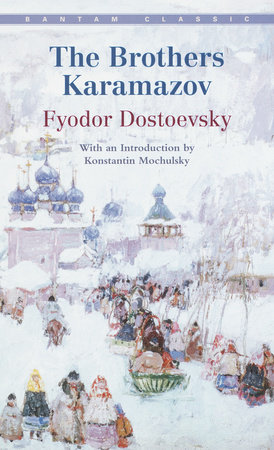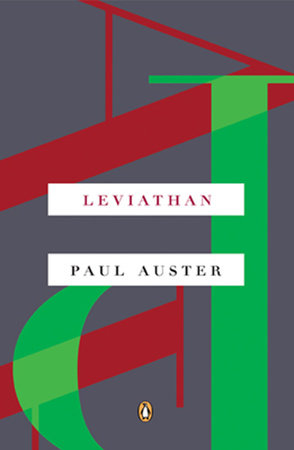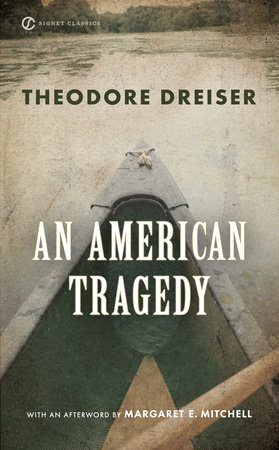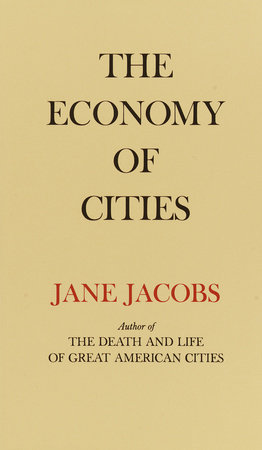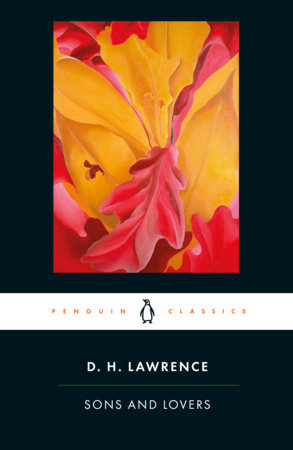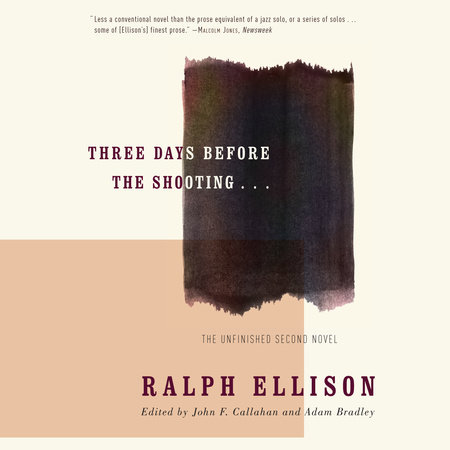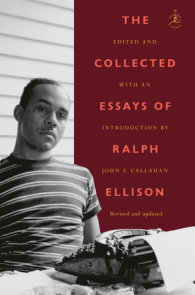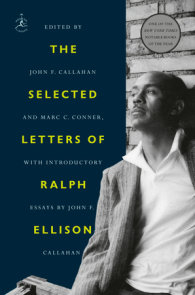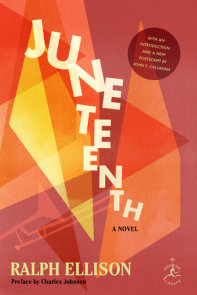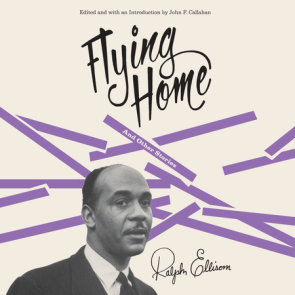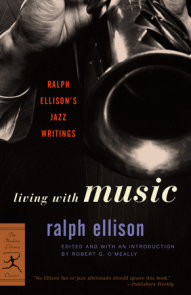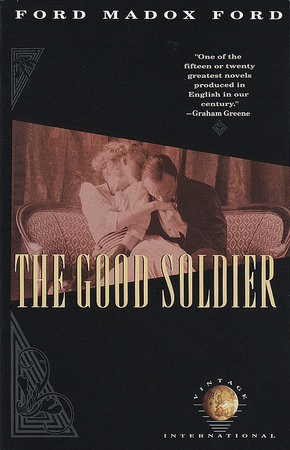Author Q&A
An interview with the editors of Three Days Before the Shooting…
1) In your opinion what are some of the reasons INVISIBLE MAN became so popular when it was released – and has remained such an essential part of the American literary canon?
It was an eloquent, beautifully crafted novel in the guise of a memoir by a narrator who had lived the tale he strove to write. Invisible Man made its readers think about self and race as historical and contemporary conditions experienced by everyone. Invisibility, in Invisible Man’s and Ralph Ellison’s hands, became a metaphor for the human condition in the 20th century. In its simultaneously picaresque and contemplative form, the novel rendered identity (“the beautiful absurdity of [our] American identity”) as the touchstone for the country’s tragicomic experience. Invisible Man is also full of set pieces, which bring the African American oral tradition (spirituals, blues, sermons, folktales, toasts, dozens, jazz riffs) alive on the page.
Most of all, on “the lower frequencies” below readers’ specific differences, the novel moves the circle of call-and-response from the “I” of the opening sentence (“I am an invisible man”) to the “you” of the last (“Who knows but that, on the lower frequencies, I speak for you?”). In the space beyond the novel’s lines the potentiality of “we” appears, so that the novel’s words are an electric current passing from reader to reader. And in our time the shared condition posited by the novel’s last words is as frightening as it is reassuring. Anyone who thought that invisibility would become a defunct metaphor with the election of an African American president is brought up short by the baggage bitterly projected upon President Obama.
2) Tell us, in your opinion, why Ellison started his second novel around 1953 and did not finish it by the time he passed in 1994.
Well, Ralph was itching to get going on a second novel even as he did the final editing on Invisible Man. First, in1952 and ’53 he spoke of going to Oklahoma, and the first bit of the 2nd novel he shared with anyone is a riotous piece set in Oklahoma, which he sent his friend Al Murray in 1955 before he went to the American Academy in Rome where he was to conceive the plot of Reverend Hickman and Bliss, the little boy of indefinite race, whom Hickman will tutor in the arts of preaching then lose when the adolescent Bliss rejects his social and cultural identity as a black person and pursues the American bitch goddess of success.
Was the material too intractable? Was Ralph simply unable to make up his mind which sections of his novel-in-progress to cut from the 2nd novel? Did his fits and starts over four decades blunt the spear of creation and inspiration? Did he move almost imperceptibly toward essays as the literary genre most suited to his evolving preoccupations?
Maybe the best way to answer your question is to quote Fats Waller’s line: “One never know, do one?” Best to read this Modern Library volume and take your own stab at an answer.
3) Tell us about how long it took to compile and edit THREE DAYS BEFORE THE SHOOTING… and how you each came to the project.
Mrs. Ellison took me into Ralph’s study two days after his funeral and asked for my help gathering up and deciding what to do about the novel he left behind. She did not know how close or far away it was from completion. Ralph’s old friend, David Sarser, printed every file on Ralph’s computer. I copied them, had one shipped to Oregon in the summer of 1994, and asked a bright, uncommonly dedicated and diligent undergraduate student of mine named Adam Bradley to assist me in collating the files. That was the beginning. Off and on, sometimes working together, sometimes separately, Adam and I went through the most recent material, several thousand pages of computer print outs composed in the last decade or so of Ralph’s life.
During 1995-96 as a Fellow at the Woodrow Wilson Center I looked for what I hoped would be transitional pages in the Ellison apartment and in his papers, which were given to the Library of Congress in 1995, and combed through Ralph’s copious notes for clues to the book’s organization. Finally convinced no such transitions existed, I edited what I considered the work’s central narrative, the fullest, most recently revised typescript of Book II, for the most part, and published this section of the novel as Juneteenth in 1999, to be followed, I hoped, by something like the present Modern Library edition.
In the mean time, Adam, now a graduate student at Harvard, kept on going through the episodes and sections Ellison had composed and revised on his two computers. A PhD dissertation intervened for Adam, then his Book of Rhymes, and a long-aspired to novel for me. But we kept in close touch, kept working on Ellison, and began plotting out the shape of this volume, working more and more intensely and single-mindedly from 2007 to the present.
4) What types of archival material were you working with? How did you figure out the timeline of Ellison’s writing? In the archival material, there are queries Ellison made to himself in his notes. Can you tell us about those questions and how they did (or did not) help the compiling and editing process?
Holographs, typescripts, computer discs, computer print outs, the backs of envelopes, magazine subscription cards, any of the thousand variegated scraps of paper on which Ellison feverishly scribbled a line of text or a note to himself. The time line of the work we tracked by what he published from the novel during his lifetime, occasional notes jotted down by Mrs. Ellison, Ellison’s comments in interviews from time to time, the entry dates on his computers. Despite all of this, much of the time line remains imprecise, indefinite, open to conjecture. Ellison’s queries reveal the matters of form, craft, and plot he was struggling with. As the selection of notes in Part Three of Three Days Before the Shooting attests, Ellison was obsessed with matters of unity: how to make action express theme; 1st and 3rd person narrative voice; whether he could put all of the crucial threads of his story into one novel or might best separate his material into two or three novels. Or perhaps carve a trilogy from his several narratives. Certainly Ralph’s many queries guided our decisions and also underscored (and underscore still) the mysteries, which remain about the novel’s incompletion.
5) Tell us a bit about the three parts THREE DAYS BEFORE THE SHOOTING… is divided into and what supporting material a reader can expect.
The first two parts of Three Days are the fullest, most recent typescripts of Books I and II, an important episode called “Bliss’s Birth” dated 1965 in Ellison’s hand–that’s Part I. Part II consists of the most revised and recent print outs of three sequences of narrative composed on the computer: “Hickman in Washington, D. C.”; “Hickman in Georgia & Oklahoma,” and “McIntyre at Jesse Rockmore’s,” the latter a version of Chapter 12 from Book I as revised on the computer in 1993. Parts I & II have editor’s notes, as do the supplemental materials in Part III. In addition to the general introduction to the volume, we have included an introduction to Part II, which provides a full context for, and the literary implications of, Ellison’s composition on the computer in his later years.
Of great interest to readers of “Three Days,” we believe, will be the selection in Part III of Ellison’s notes; two early drafts of the opening chapter of Book II; several variants of the prologue composed on the computer in the late ’80s and early ’90s, and all eight excerpts from the unfinished novel as Ellison published these during his lifetime. These supporting materials show Ellison conceiving his novel and attempting to execute and improvise his evolving plan for the work.




